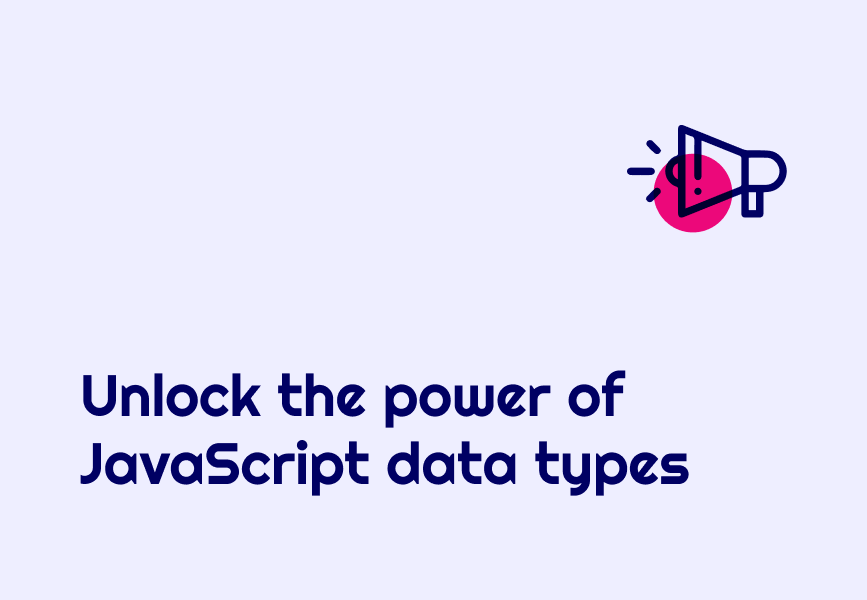A Beginner's Guide to Data Types in JavaScript
Unlock the power of JavaScript data types with this comprehensive guide for beginners.

Unlock the power of JavaScript data types with this comprehensive guide for beginners.
Understanding Data Types in JavaScript
JavaScript is a dynamically typed language, which means that variables can hold values of different data types.
There are seven primitive data types in JavaScript: string, number, boolean, undefined, null, symbol, and BigInt.
Complex data types in JavaScript include objects, arrays, and functions.
Understanding data types is crucial for writing effective JavaScript code.
Primitive Data Types Explained
String data type represents a sequence of characters and is enclosed in single or double quotes.
Number data type represents numeric values and can be integers or floating-point numbers.
Boolean data type represents either true or false.
Undefined data type is assigned to a variable that has been declared but has not been assigned a value.
Null data type represents the intentional absence of any object value.
Symbol data type represents a unique identifier.
BigInt data type represents integers with arbitrary precision.
Complex Data Types Overview
Objects are a collection of key-value pairs and can contain any data type as property values.
Arrays are ordered lists of values and can contain any data type as elements.
Functions are reusable blocks of code that can be executed when called.
Type Conversion and Coercion in JavaScript
Type conversion is the process of changing the data type of a value.
Type coercion is the automatic conversion of values from one data type to another.
JavaScript provides various methods and operators for type conversion and coercion.
Understanding type conversion and coercion is important for ensuring correct behavior of your code.
Best Practices for Handling Data Types
Always declare variables with the appropriate data type to avoid unexpected behavior.
Use strict equality (===) to compare values, as it compares both value and data type.
Be aware of implicit type coercion to prevent unintended consequences.
Regularly check and validate user input to ensure data integrity.
Follow consistent naming conventions for variables to improve code readability.
Your ultimate guide to strategic outsourcing
Subscribe for expert tips, trends, and tailored solutions.


